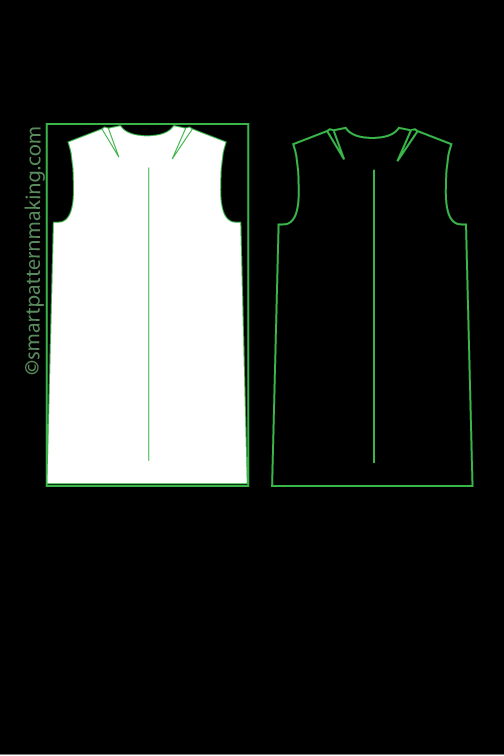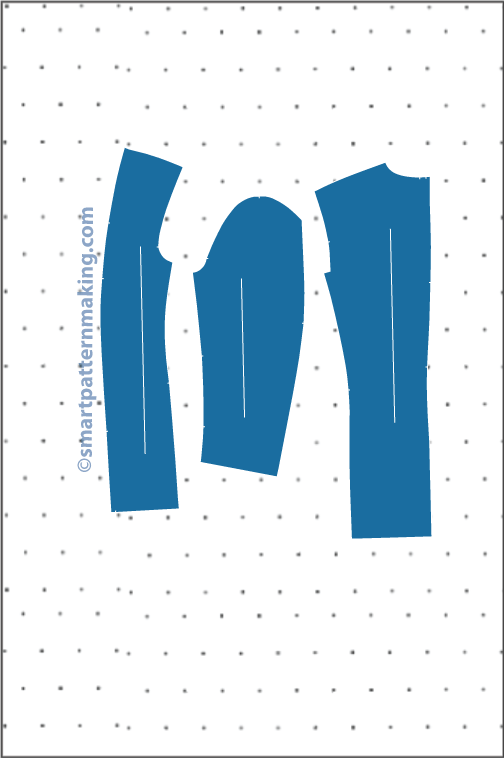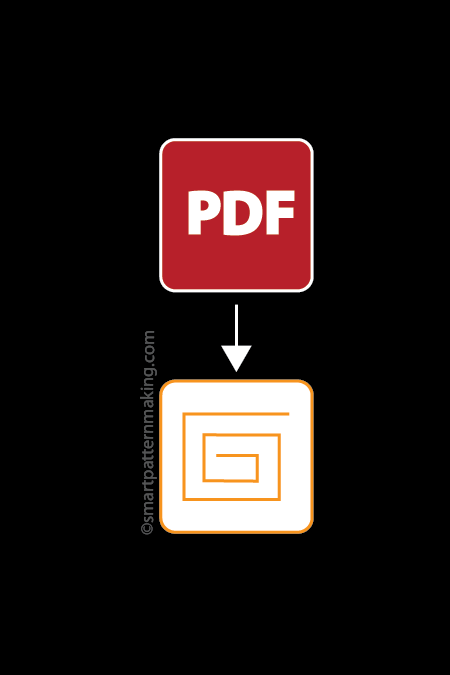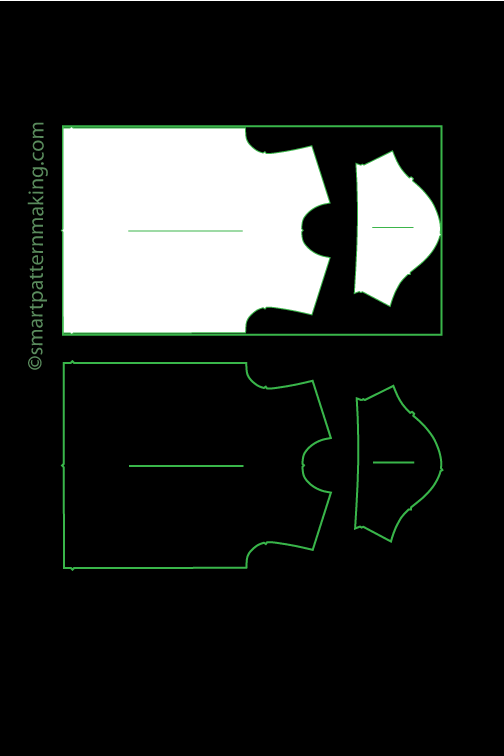Introduction
In the rapidly evolving clothing industry, efficiency and precision are crucial for staying competitive. General Sewing Data (GSD) is a cutting-edge methodology that leverages digital management to streamline operations, ensuring method consistency and data controllability. By implementing GSD, clothing enterprises can significantly reduce costs and enhance production efficiency.
Abstract
GSD (General Sewing Data) offers significant advantages in time normalization, method consistency, and data controllability. This system helps clothing enterprises reduce costs and improve production efficiency.
What is GSD?
GSD is an engineering technology designed specifically for the clothing industry. It uses the Methods Time Measurement (MTM) database to analyze sewing motions and set standard times for operations.
GSD Database
GSD divides operations into two categories:
- Processing Operations: Basic tasks involved in handling parts.
- Machinery Operations: Tasks involving the use of machines.
Motion Codes for GSD Operations
| Processing Operation | Machinery Operation |
|---|---|
| Stage I | Stage II |
| Get or match parts | Align or adjust parts |
| Fold into a shape | Clip and use tools |
| Put aside | Operate the machine |
| Get and put | Sewing |
Standard Time for Processing Operations
GSD identifies 52 basic motions for processing operations, each with a specific standard time.
Example: Get and Match Parts
| Name | Basic Motion | Therbligs | Standard Time (TMU) |
|---|---|---|---|
| Match and get two parts at the same time | G.G.P.G.G | 76 | |
| Match and get two parts respectively | G.P.G.P.G.G | 107 | |
| Match parts and press foot (not get) | P.G | 38 | |
| Match and add parts with single hand | G.P.G | 50 |
Standard Time for Machinery Operations
Factors such as the machine used, sewing stitch, and sewing length influence the standard time. The code for standard time is composed of four parts.
Codes for Machinery Operations
| Sewing Code | Primary Sewing Length (cm) | Technical Requirements |
|---|---|---|
| S | 20 | N (None), L (Low), M (Middle), H (High) |
Stitch Degree of Difficulty and Addition Rate
| Code | Stitch | Degree of Difficulty | Addition Rate |
|---|---|---|---|
| N | Single-layer straight line | None | 0% |
| L | A straight blind stitch | Low | 10% |
| M | A straight open line or curved blind stitch | Middle | 20% |
| H | A curved open line or within limited scope | High | 40% |
Discontinuation Accuracy and Time Added (TMU)
| Code | Discontinuation Accuracy | Description | Time Added (TMU) |
|---|---|---|---|
| A | More than 1cm | Stop beside stitch or sewing till completion | 0 |
| B | Within 1cm | Stop for back stitching of blind stitch | 9 |
| C | Within 0.5cm | Stop for direction change or back stitching of open line | 20 |
Steps for Determining Standard Time for Sewing
-
GSD Pure Processing Time:
- Analyze garment style and specify technological requirements.
- Divide the process into minimum operating units and create a process flow chart.
- Use motion analysis to find appropriate motion codes from the GSD database.
-
Allowance Time:
- Allowance time accounts for external factors affecting work, such as machine downtime and physiological needs.
- Types of Allowance Time:
- Personal Allowance: For maintaining comfort (e.g., drinking water).
- Fatigue Allowance: Due to reduced efficiency from fatigue.
- Procedural Allowance: For inevitable delays like machine faults.
- Special Allowance: For process difficulty or specific fabric.
- Policy Allowance: Extra time given by management policy.
Function of GSD Standard Time
- Determine Standard Operation: Helps identify redundant motions.
- Balance Production Line: Ensures efficient resource allocation.
- Basis of Production Plan: Accurate capacity calculation.
- Accurate Budgeting: Provides a basis for product pricing.
- Performance Assessment: Compares target and actual yield.
Application and Promotion of GSD Standard Time in Clothing Enterprises
- Theoretical Training: Train employees on GSD basics.
- Skill Training: Analyze garment style and process.
- Establish Database: Create a GSD database based on product features.
- Database Promotion and Application: Use the database for new styles and update as needed.
Common GSD Codes
Obtain and Match Parts
- MG2T: Match and get two parts together (GGPGG, 76 TMU)
- MG2S: Match and get two parts separately (GPGPGG, 107 TMU)
- FOOT: Position part to machine foot (PF, 38 TMU)
Aligning and Adjusting
- AM2P: Align or adjust two parts (GGPG, 61 TMU)
- AJPT: Align or adjust one part (GPG, 43 TMU)
- APSH: Align or adjust part by sliding (GP, 24 TMU)
Forming Shapes
- FFLD: Form fold (GGPG, 43 TMU)
- FUNF: Form, unfold or layout (GPG, 23 TMU)
Trimming and Tool Use
- TCUT: Trim - cut with scissors (GPPP, 50 TMU)
- TCAT: Trim - additional cut with scissors (PP, 25 TMU)
Asiding
- AS1H: Aside part with one hand (GP, 23 TMU)
- AS2H: Aside part with two hands (GGP, 42 TMU)
- F: Foot or leg motion - Automatic devices (9 TMU)
- E: Eye action (7 TMU)
General Guidelines
Sequence: Gets
- Description: Grasp and Regrasp
Sequence: Puts
- Description: Move pieces
Specific Guidelines
1. Obtain and Match Parts
- Codes: MG2S and MG2T
-
Description:
- Used when parts are matched together at the machine bench.
- Code FOOT is required to present the pieces to the machine.
- Pre-forming of pieces can be inserted using codes such as FUNF, FFLD, or APSH.
- MAPE, MAP1, and MAP2 are for movements where pieces are matched together at needlepoint and typically do not need to be followed by the code FOOT.
2. Alignment or Adjustment of Parts
- Codes: AM2P, AJPT, APSH
-
Description:
- AM2P: Used for aligning at the end of seams.
- AJPT: Used to align along a seam or for easy alignments.
- AM2P and AJPT: Can also be used before pieces are presented to the machine foot.
- APSH: Used for movements around the needlepoint, such as smoothing panels or pivoting work at the needle, and must be followed by the code F to lower the needle before continuing sewing.
- AM2P: Can also be used for buttoning up.
3. Forming of Shapes
- Codes: FFLD, FUNF
-
Description:
- FFLD: Used to form folds that require holding in position.
- FUNF: Used for moving or folding parts that do not require regrasping afterwards.
- FCRS: Used for smoothing actions where pressure is required.
4. Trimming and Cutting
- Codes: TCUT, TCAT
-
Description:
- Used for trimming threads.
- Can also be used for cutting fabric or poking out collar points.
5. Bringing Parts to the Work Area
- Codes: AS1H, AS2H
-
Description:
- Can be used for bringing parts to the work area as well as for asiding.
6. Sew to Hold
- Codes: MS1A, MS1C
-
Description:
- MS1A: Used for "sew to hold."
- MS1C: Used for the formation of box tacks.
7. Pressing Buttons
- Codes: GPCO, PPAL
-
Description:
- Used for pressing buttons, such as using Knuckle Backtack.
8. Pushing Garment
- Codes: PPAL, TBLD
-
Description:
- PPAL: Used to push garments at the foot to vacuum cutters/thread wipers and auto latchback.
- PPAL, TBLD, PPAL: Used for manual latchback.
9. Grasp and Add Label
- Code: MAP1
-
Description:
- Mainly used to grasp and add one label to the machine foot.
10. Positioning Parts
- Codes: PPL1, PPL2
-
Description:
- Used for accurate positioning of parts to benchmarks, followed by E to check measurements.
11. Motion Sequence
- Codes: AS1H, APSH, FUNF
-
Description:
- Have the same motion sequence of GET, PUT, and similar TMU values.
- Any of these three codes can be used for moving or folding parts with one hand.
Conclusion
Implementing General Sewing Data (GSD) into garment manufacturing processes can significantly enhance productivity, reduce operational costs, and promote fair labor practices. By understanding and applying GSD standards, manufacturers can achieve higher efficiency, streamline operations, and create a more equitable working environment. GSD offers a precise and consistent method for analyzing and setting time standards in the sewing industry. By breaking down operations into specific codes with associated time values, GSD ensures accuracy and consistency across different locations and operations. The system's structured approach aids in method analysis, workplace layout design, and overall efficiency in the textile industry. Embrace GSD today to stay ahead in the competitive market and drive continuous improvement in your operations.
---------------------------------
You Might Want To Also Read Related Articles Below:
- Mastering Garment SAM Calculation: A Step-by-Step Guide
- Performance Rating: Assessing the Operator's Performance Level
- Simplifying General Sewing Data (GSD) for the Clothing Industry
- Boost Garment Efficiency with General Sewing Data (GSD) Training"
- Understanding Time Measuring Unit (TMU): Standard Time and Motion Study
- How to Collect Sewing Performance Data (SPD)
- Best Tools for Collecting Sewing Performance Data (SPD)
Ready to boost garment efficiency and create your own patterns or garment styles? Drop us a chat NOW and we’ll get you started!
Discover all of our Pattern Making, Digitizing, Resizing and Printing services . Let our expert team help you create your next personal or business apparel clothing designs today!
Loved reading this article and founded valuable? If so, Show us some love and buy us a coffee! ☕ :)
Developing tools and creating valuable content takes a lot of hours of work and days of research so that you can have them at your disposal. Also, keeping the content you read (Ads FREE) and operating this website cost a lot of money. So please, consider supporting us, so that we might continue to provide you with more valuable tools, fresh content, and to continue offering you with the best services that you deserve!














